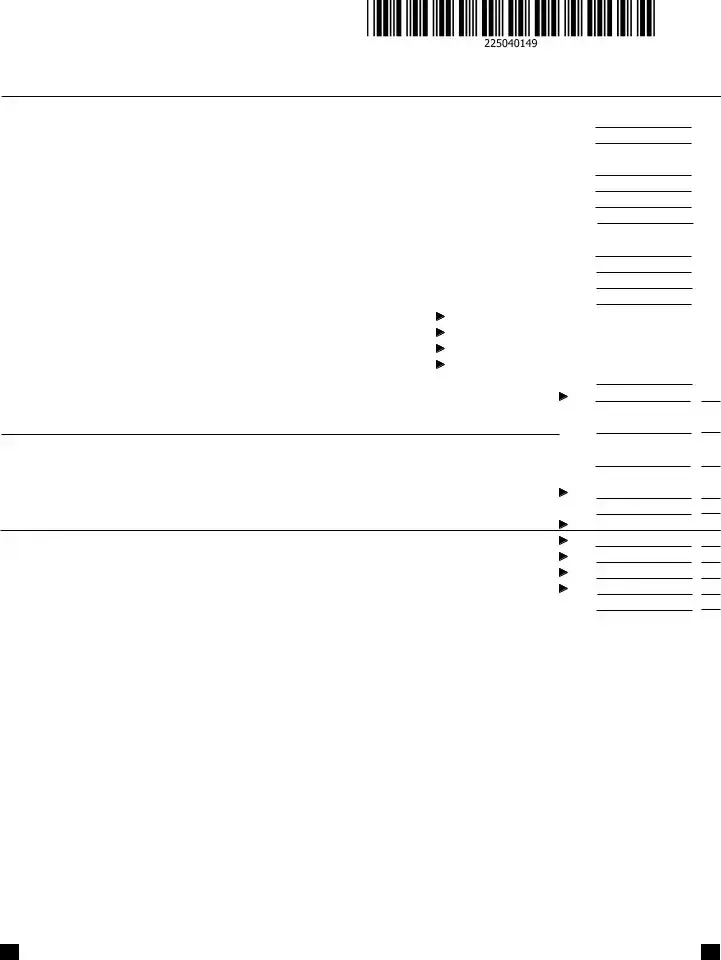FAQs on Maryland 504 Form
The Maryland 504 Form, also known as the Fiduciary Income Tax Return, is a document filed by the fiduciaries of estates and trusts. It reports income, deductions, gains, losses, and taxes due or refundable to the state. This form applies to decedent’s estates, simple trusts, complex trusts, grantor type trusts, bankruptcy estates, qualified funeral trusts, among others.
This form must be filed by fiduciaries of estates and trusts that have Maryland income tax filing requirements. The responsibility generally falls on executors, administrators, or trustees who manage assets on behalf of another.
To accurately complete the form, you'll need:
-
Federal employer identification number
-
Name and title of the fiduciary
-
Address of the fiduciary
-
Date of death and domicile of decedent, if applicable
-
Federal taxable income of the fiduciary
-
Details of any nonresident beneficiary deductions
-
Details of any credits, deductions, and taxes paid to other states or for preservation and conservation easements
-
Information on direct deposit for refunds if applicable
The form categorizes entities into several types: decedent’s estates, simple trusts, complex trusts, grantor type trusts, bankruptcy estates, qualified funeral trusts, and others. Each category has different rules and taxation structures reflecting the nature of the entity.
How do I calculate Maryland taxable income for a fiduciary?
Calculate the Maryland taxable income by starting with the federal taxable income, adding specific modifications for income and deductions relevant to Maryland law, and then applying any allowable deductions for nonresident beneficiaries. This figure is adjusted by exemptions and rates specific to Maryland to determine the state taxable income.
Yes, if you need to make changes after originally filing, you can submit an amended 504 Form. Remember to check the box indicating it's an amended return, provide an explanation for the changes, and attach any required documentation, including a copy of the amended federal Form 1041 if applicable.
What if a beneficiary is a nonresident of Maryland?
Special rules apply for nonresident beneficiaries. Fiduciaries must complete specific sections of the form to calculate income attributable to nonresidents and related expenses, potentially adjusting the taxable income and deductions accordingly.
Fiduciaries can choose to contribute to funds like the Chesapeake Bay and Endangered Species Fund, the Fair Campaign Financing Fund, and the Maryland Cancer Fund. These contributions are reported in the relevant sections of the form and are added to the total tax or refund.
The completed form can be mailed to the Comptroller of Maryland. Fiduciaries are encouraged to ensure that all information is accurate and to include the fiduciary’s federal employer identification number on the check if a payment is due. For efficiency and security, consider direct deposit for refunds by supplying the correct account information on the form.


 15.
15. 28.
28. 29.
29.

